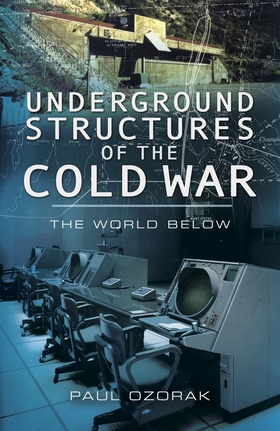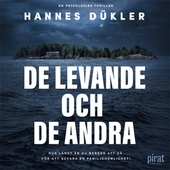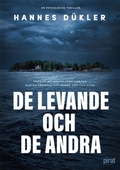
Lägg till önskelistan
Underground Structures of the Cold War e-bok
Pris
115 kr
Books on the history of fortifications are plentiful. Medieval castles, the defensive systems of the seventeenth, eighteenth and nineteenth centuries, the trenches and bunkers of the First World War, the great citadels of the Second World War – all these have been described in depth. But the fortifications of the Cold War – the hidden forts of the nuclear age – have not been catalogued and studied in the same way. Paul Ozorak’s Underground Structures of the Cold War: T...
E-Bok
115 kr
Pris
Förlag
Pen and Sword
Utgiven
23 Februari 2021
Längd
362 sidor
Genrer
Historia & Arkeologi, Fackböcker
Språk
English
Format
epub
Kopieringsskydd
Vattenmärkt
ISBN
9781783830817
Books on the history of fortifications are plentiful. Medieval castles, the defensive systems of the seventeenth, eighteenth and nineteenth centuries, the trenches and bunkers of the First World War, the great citadels of the Second World War – all these have been described in depth. But the fortifications of the Cold War – the hidden forts of the nuclear age – have not been catalogued and studied in the same way. Paul Ozorak’s Underground Structures of the Cold War: The World Below fills the gap.
After the devastation caused by the atom bombs dropped on Hiroshima and Nagasaki and the outbreak of the Cold War, all over the world shelters were constructed deep underground for civilians, government leaders and the military. Wartime structures
were taken over and adapted and thousands of men went to work drilling new tunnels and constructing bunkers of every possible size. At the height of the Cold War, in some countries an industry of bunker-makers profited from the public’s fear of annihilation.
Paul Ozorak describes when and where these bunkers were built, and records what has become of them. He explains how they would have been used if a nuclear war had broken out, and in the case of weapons bases, he shows how these weapons would
have been deployed. His account covers every sort of facility – public shelters, missile sites, command and communication centres, storage depots, hospitals.
A surprising amount of information has appeared in the media about these places since the end of the Cold War, and Paul Ozorak’s book takes full advantage of it.




